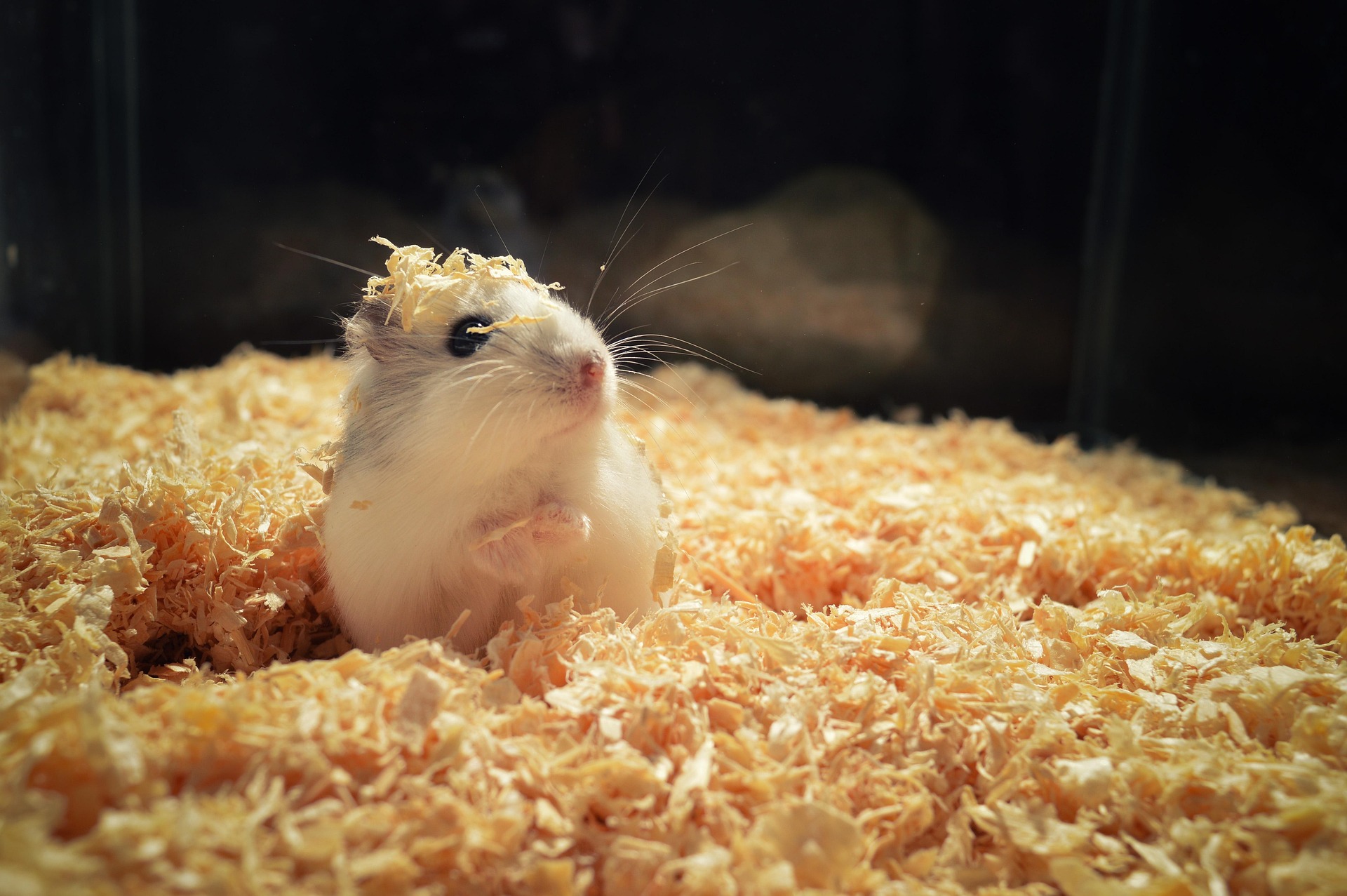Styling Your Home with Biophilic Design: The Trend Transforming Interior Spaces
With people spending more time indoors than ever before, there's a fresh interior design trend on the rise - biophilic design. It's about bringing the outdoors in and creating a closer connection with nature. Beyond just a design trend, it's a philosophy that connects us with the natural world.

The History of Biophilic Design
Biophilic design stems from the concept of ‘biophilia’, a term first used by psychologist Erich Fromm in 1964 and later popularized by biologist Edward O. Wilson in 1984. Biophilia encapsulates the innate human desire to connect with nature and living systems. This connection is not only aesthetic but believed to promote health and wellbeing. So it’s of no surprise that biophilic design is becoming a popular choice in home interiors.
Current Biophilic Design Trends
Today, it’s all about harmonizing spaces with elements of nature, from using earth-toned color palettes to incorporating natural textures and patterns. Some trending design strategies include living walls, large windows, natural light, and the usage of indoor plants. Indoor-outdoor spaces, that remove the barriers between our homes and the outdoors, are also gaining attention.
Practicality and Benefits of Biophilic Design
A biophilic designed home isn’t just visually appealing, but it is practical and advantageous for our modern lifestyle, too. According to various studies, biophilic design can benefit cognitive function, improve mood, and even reduce stress. It’s a method of design that doesn’t just improve aesthetics but boosts the overall living experience.
Market Trends for Biophilic Design
As the awareness of biophilic design grows, so does the demand, influencing market trends significantly. Decorators, architects, and designers are incorporating biophilic design principles more than ever before. The demand for indoor plants, nature-inspired wallpaper designs, and bamboo or rattan furniture has surged significantly in recent years.
Making Biophilic Design Work for Your Home
Bringing biophilic design into your home doesn’t have to be complicated. Start with houseplants, consider earthy color palettes, and aim to maximize natural light. Opt for natural materials when it comes to furniture and accessories and explore the world of nature-inspired art and prints.
Final Note: The rise of biophilic design signifies a joint move towards healthier, happier homes and a more connected society. By intertwining our spaces with elements of the natural world, we can enhance our quality of life and foster a deeper connection with our environment, proving that good design does indeed go beyond aesthetics.




